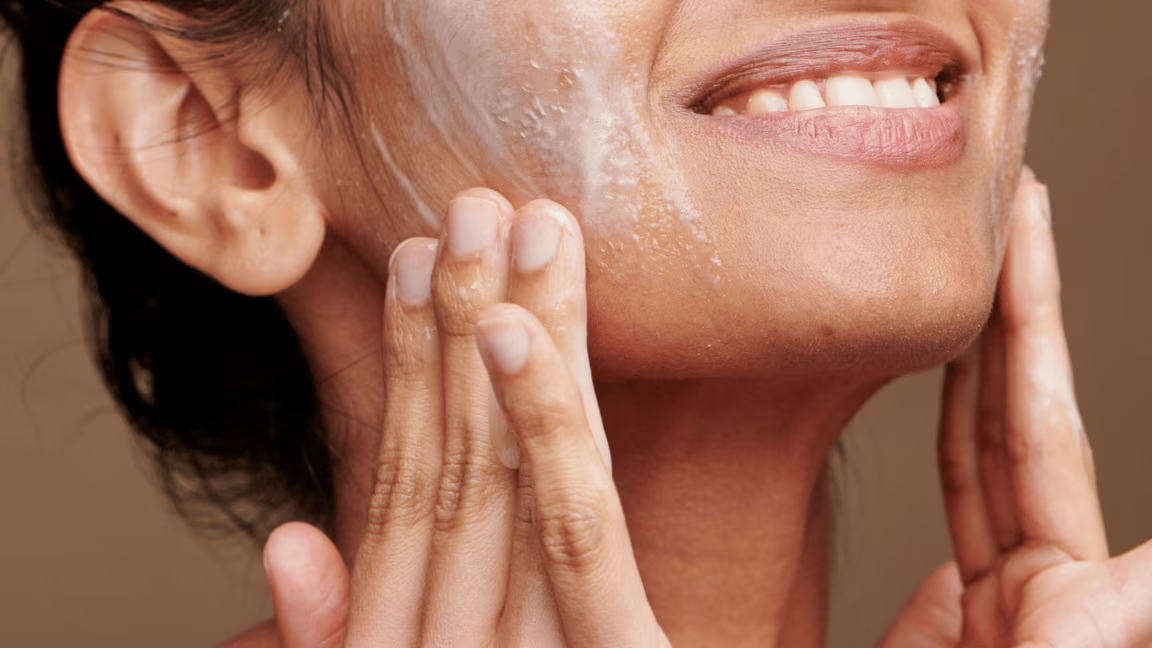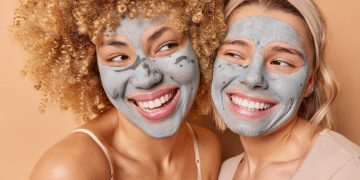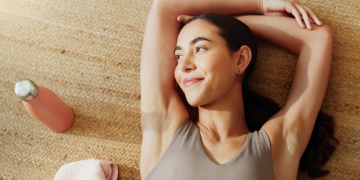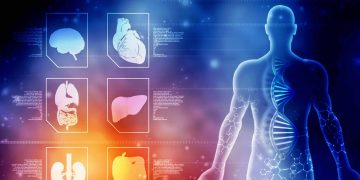Physical activity is essential not only for maintaining a fit and strong physique, but also for supporting mental well-being, emotional balance, and overall quality of life. Scientific research consistently shows that regular exercise improves cardiovascular health, strengthens muscles and bones, regulates weight, and significantly reduces the risk of chronic diseases. At the same time, movement plays a powerful role in reducing stress, improving mood, enhancing cognitive function, and promoting better sleep.
Not all forms of exercise serve the same purpose, but many can benefit both the body and mind simultaneously. Below is a detailed breakdown of exercise types that are most effective in maintaining a healthy body composition and a balanced mental state.
1. Walking: The Foundation of Lifelong Fitness
Walking is the simplest, most accessible form of physical activity — yet it offers impressive health benefits.
Physical Benefits:
- Boosts cardiovascular endurance
- Aids weight management and fat metabolism
- Enhances joint mobility with low impact on knees or hips
Mental Benefits:
- Reduces anxiety and stress hormones
- Increases creativity and mental clarity
- Improves mood via endorphin release
Recommended:
Aim for at least 30 minutes a day, 5 days a week. Brisk walking is especially effective.
2. Strength Training: Build Muscle, Strengthen Mindset
Resistance training (using weights, resistance bands, or body weight) is essential for building lean muscle mass and metabolic health.
Physical Benefits:
- Increases muscle tone and bone density
- Raises resting metabolic rate (more calories burned at rest)
- Supports joint stability and posture
Mental Benefits:
- Enhances confidence and body image
- Helps alleviate symptoms of depression and anxiety
- Boosts cognitive focus and discipline
Recommended:
2–4 sessions per week targeting all major muscle groups. Incorporate compound movements like squats, lunges, push-ups, and rows.
3. Yoga: Flexibility, Strength, and Inner Calm
Yoga combines physical postures with controlled breathing and mindfulness. It’s ideal for building core strength while fostering mental serenity.
Physical Benefits:
- Improves flexibility, posture, and balance
- Strengthens core and stabilizer muscles
- Relieves muscular tension and joint stiffness
Mental Benefits:
- Reduces cortisol (stress hormone)
- Encourages present-moment awareness and mindfulness
- Enhances emotional regulation and resilience
Recommended:
Practice 20–60 minutes, 2–5 times per week. Styles such as Hatha, Vinyasa, or Yin offer different focuses.
4. Pilates: Strengthen from the Inside Out
Pilates focuses on core control, alignment, and controlled movement, making it excellent for posture, injury prevention, and focused breathing.
Physical Benefits:
- Enhances deep abdominal and back muscle strength
- Improves coordination and flexibility
- Supports spinal health and joint mobility
Mental Benefits:
- Improves body awareness and concentration
- Reduces physical tension and fatigue
- Promotes mental clarity through rhythmic breathing
Recommended:
2–3 sessions per week using mat work or reformer machines.
5. Running and Jogging: Cardio with a Mental High
Running is a powerful aerobic activity that challenges the cardiovascular system and promotes psychological resilience.
Physical Benefits:
- Enhances endurance and heart health
- Burns calories effectively for weight management
- Strengthens leg and core muscles
Mental Benefits:
- Triggers the “runner’s high” through endorphin release
- Improves stress tolerance and emotional stability
- Encourages goal-setting and personal discipline
Recommended:
20–45 minutes, 2–4 times a week depending on experience and recovery ability.
6. Dancing: Joyful Movement with Full-Body Benefits
Dance is a full-body workout that combines cardio, strength, and rhythm — while also being fun and expressive.
Physical Benefits:
- Improves coordination and cardiovascular stamina
- Strengthens legs, glutes, and core
- Increases agility and balance
Mental Benefits:
- Boosts mood and emotional expression
- Reduces stress and increases dopamine levels
- Supports social interaction (group classes or partner dancing)
Recommended:
30–60 minutes, 2–3 times per week. Styles include Zumba, ballet, salsa, hip-hop, or contemporary.
7. Cycling: Endurance for Body and Brain
Cycling — whether outdoors or on a stationary bike — offers low-impact cardiovascular benefits and can be both recreational and intense.
Physical Benefits:
- Strengthens leg muscles and supports joint health
- Boosts cardiovascular endurance and lung capacity
- Enhances balance and coordination
Mental Benefits:
- Allows mental “detachment” and meditation-in-motion
- Encourages outdoor exploration and connection with nature
- Reduces anxiety and increases mental clarity
Recommended:
30–60 minutes, 2–4 sessions per week. Vary speed and resistance for better conditioning.

8. Swimming: Total-Body Conditioning with Therapeutic Calm
Swimming is a low-impact, high-resistance exercise ideal for people with joint concerns or those seeking full-body toning.
Physical Benefits:
- Improves muscular strength and cardiovascular health
- Increases lung capacity and flexibility
- Burns calories while being gentle on joints
Mental Benefits:
- Provides meditative, rhythmic breathing patterns
- Reduces stress and anxiety through sensory immersion
- Enhances sleep quality
Recommended:
20–45 minutes, 2–3 times a week for endurance, flexibility, and recovery.
9. High-Intensity Interval Training (HIIT): Quick, Efficient, Empowering
HIIT involves short bursts of intense activity followed by brief recovery periods. It’s ideal for time-efficient fat burning and conditioning.
Physical Benefits:
- Rapidly increases cardiovascular fitness
- Stimulates metabolism and promotes fat loss
- Builds muscular strength and endurance
Mental Benefits:
- Builds mental toughness and confidence
- Improves time management and discipline
- Elevates energy and alertness
Recommended:
20–30 minutes, 2–3 times per week. Include full-body movements such as jumping jacks, burpees, sprints, and squats.
10. Group Fitness and Team Sports: Motivation Through Community
Structured group activities like bootcamps, spinning, or team sports (e.g., basketball, soccer) combine physical effort with social engagement.
Physical Benefits:
- Varies intensity for full-body conditioning
- Challenges coordination and quick decision-making
- Supports cardiovascular and muscular fitness
Mental Benefits:
- Fosters connection and accountability
- Enhances motivation through shared goals
- Reduces isolation and boosts self-esteem
Conclusion
Maintaining a healthy body and balanced mind doesn’t require extreme measures — it’s about choosing movement that supports your goals, lifestyle, and energy levels. The most sustainable and effective routines combine cardiovascular activity, strength training, flexibility, and mindfulness.
To promote both physical vitality and mental resilience:
- Include a variety of exercises each week
- Prioritize consistency over intensity
- Listen to your body and adapt as needed
- Choose forms of movement you genuinely enjoy
When you move with purpose, not only does your body transform — your mindset, mood, and self-awareness evolve alongside it.












































